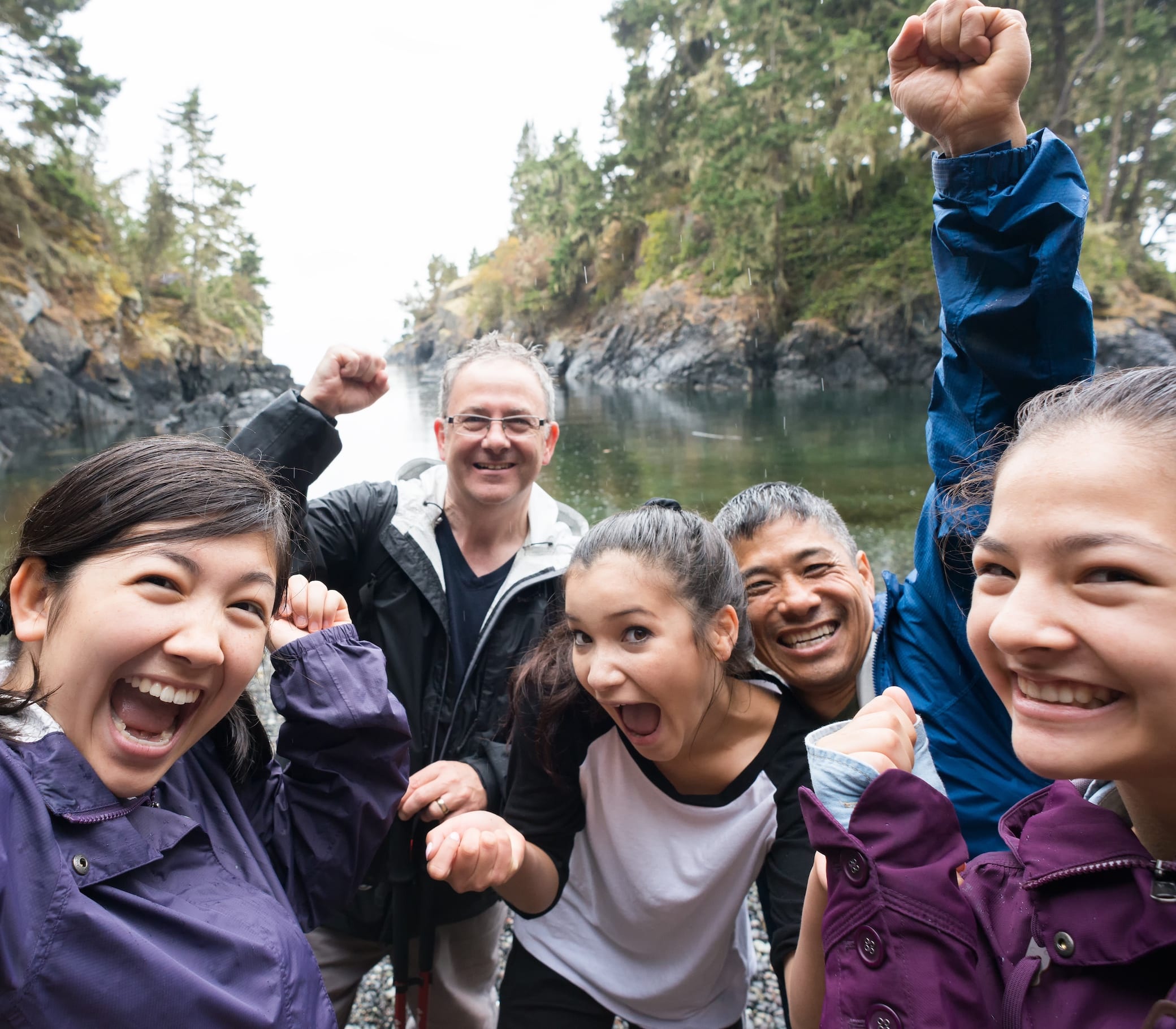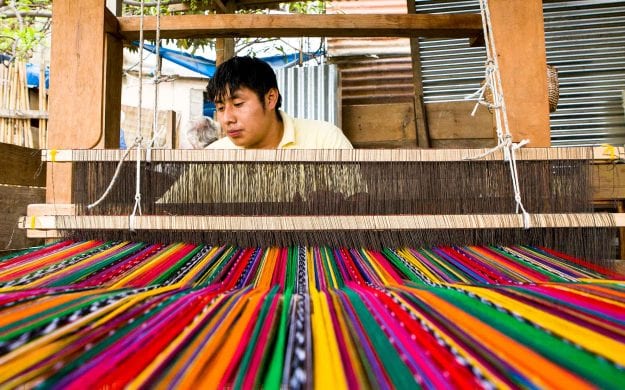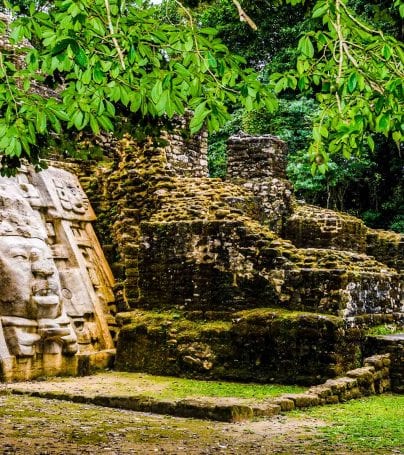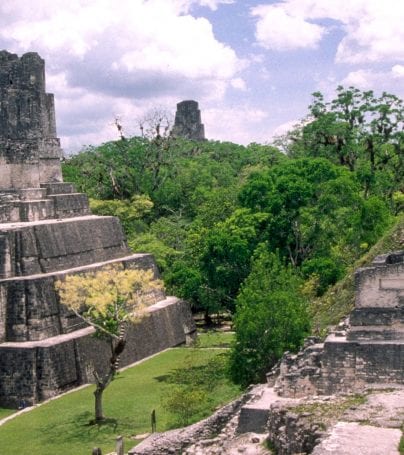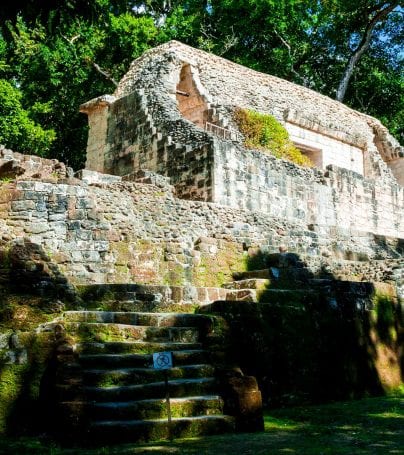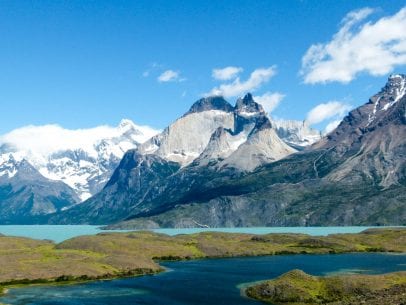Tikal Adventure Tours
Tikal (or Tik’al, according to the more current orthography) is the largest of the ancient ruined cities of the Maya civilization. It is located in the El Petén department of Guatemala. Now part of Guatemala’s Tikal National Park, it is a UNESCO World Heritage Site and a popular tourist spot. The closest large towns are Flores and Santa Elena, about 30 kilometers away. The ruins lay on lowland rainforest. Notable trees at the Tikal include gigantic ceiba, which was the sacred tree of the Maya, tropical cedar, and mahogany. Fauna that can be found in Tikal National Park include agouti, spider monkeys, howler monkeys, ocellated turkeys, guans, toucans, green parrots, and leaf-cutting. Jaguars and coatis are also said to roam in the park. Tikal was one of the major cultural and population centers of the Maya civilization. Monumental architecture was built here as early as the 4th century BC. The city was at its height in the Maya Classic Period, approximately 200 AD to 850 AD, after which no new major monuments were built, some of the palaces of the elite were burned, and the population gradually declined until the site was abandoned by the end of the 10th century.
The name “Tikal” means “Place of Voices” or “Place of Tongues” in Maya, which may be an ancient name for the city, although the ancient hieroglyphs usually refer to it as Mutal or Yax Mutal, meaning “Green Bundle,” and perhaps metaphorically “First Prophecy.”
After a defeat at the hands of Dos Pilas, Tikal entered in a decline period known as “the Hiatus,” until Jasaw Chan K’awiil defeated in successive battles Dos Pilas, Calakmul, Waka’, and Caracol, returning the supremacy of the Classic Mayan world to Tikal.
Scholars estimate that at its peak its population was between 100,000 and 200,000.
Tikal was forgotten until 1848, when an expedition led by Modesto Méndez and Ambrosio Tut rediscovered the site and brought it to the world’s attention.
The site presents hundreds of significant ancient buildings, only a fraction of which have been excavated in the decades of archaeological work.
The most prominent surviving buildings include six very large Mesoamerican step pyramids supporting temples on their tops. They were numbered sequentially by early surveys of the site. They were built during the city’s height from the late 7th and early 9th century. Temple I (also known as the Temple of Ah Cacau or Temple of the Great Jaguar) was built around 695. Temple II, or the Moon Temple, was constructed in 702, and Temple III was built in 810. The largest of the group, Temple IV, or the Bichepalous Serpent Temple, some 72 meters (230 feet) high, was dedicated in 720. Temple V is dated to 750 and is the only one where no tomb has been found. Temple VI was dedicated in 766.
The ancient city also has the remains of royal palaces, in addition to a number of smaller pyramids, palaces, residences, and inscribed stone monuments. There is even a building which seemed to have been a jail, originally with wooden bars across the windows and doors. There are also seven courts for playing the Mesoamerican ballgame.
The residential area of Tikal covers an estimated 60 square km (23 square miles), much of which has not yet been cleared or excavated.
Some of the pyramids of Tikal are over 60 meters high (200 feet).
As is often the case with huge ancient ruins, knowledge of the site was never completely lost in the region. Some second- or third-hand accounts of Tikal appeared in print starting in the 17th century, continuing through the writings of John Lloyd Stephens in the early 19th century. Due to the site’s remoteness from modern towns, however, no scientific expedition visited Tikal until 1848. Several other expeditions came to further investigate, map, and photograph Tikal in the 19th and early 20th century.
In 1951 a small airstrip was built at the ruins, which previously could only be reached by several days travel through the jungle on foot or mule. From 1956 through 1970 major archeological excavations were made by the University of Pennsylvania. In 1979 the Guatemalan government began a further archeological project at Tikal, which continues to this day.
Customize Your Dream Adventure
We are here to help craft tailor-made adventures for individuals, couples, families, and groups of explorers.
